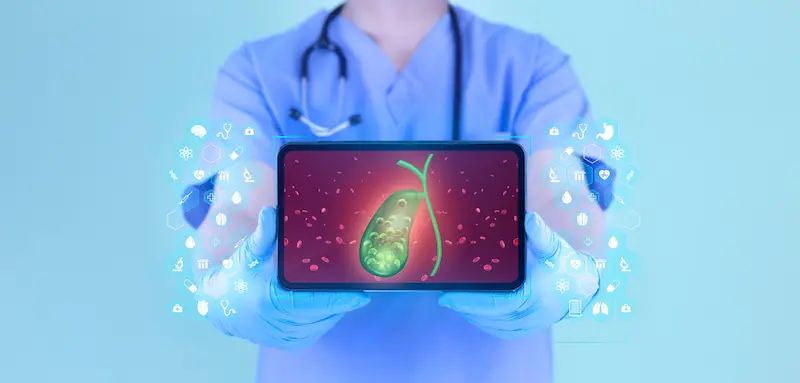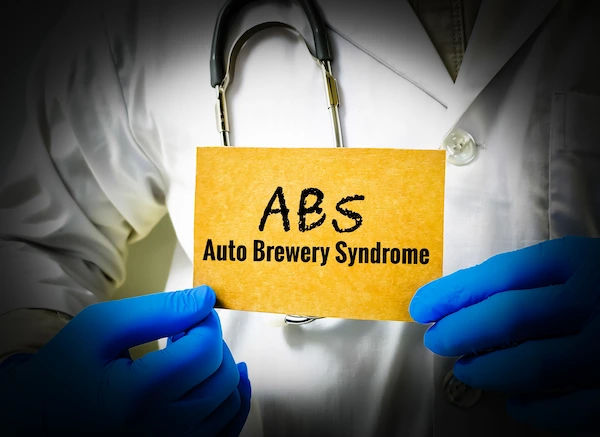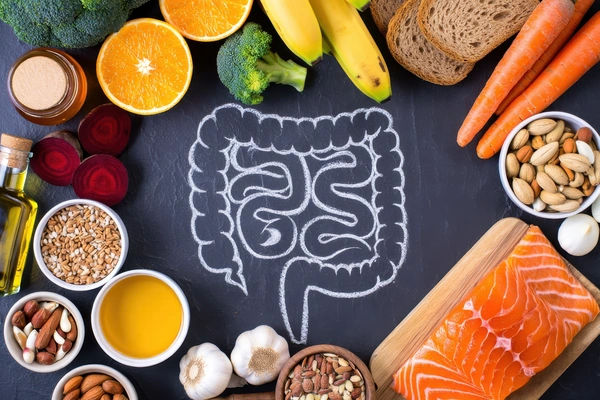- male
- 50 Years
- 01/04/2021
What does blood in stool look like?
Answered by 1 Apollo Doctors
You might see blood mixed with stool or blood at the end of passage of stool and even dark or black stools. Bright red blood usually indicates bleeding that's low in either colon, rectum or anus. Dark red or maroon blood indicates bleeding that's higher in the colon or small intestine. Dark stools indicate that bleeding from stomach most probably an ulcer. Sometimes, you may observe loose stools mixed with streaks of blood which is seen in infections like dysentry.
Dr. Kareemulla Suggests...
Consult a Gastroenterology/gi Medicine Specialist
Answered 04/07/2025
0
0

More Gastroenterology/GI medicine Health Queries
View allMy wife has been dealing with severe bleeding hemorrhoids for over 3 years, and it's gotten really bad this past week with a lot of blood loss. Our baby is only 4 months old, so surgery isn't an option right now we're planning for May when our older son is on break. What can we do to stop the bleeding until then? It's happening way too often and we're really worried
To stop bleeding you can use the tablet pause mf ,one tablet twice a day for about 3-5 days.
Answered by 1 Apollo Doctors
What causes big stomach in females?
There are many reasons why people gain Abdominal fat including poor diet, lack of exercise, and stress. Improving nutrition, increasing activity, reducing stress, and making other lifestyle changes can all help people lose unwanted Abdominal fat.
Answered by 1 Apollo Doctors
I'm dealing with jaundice and I'm a bit concerned. My total bilirubin level was 4.1 mgdl about 20 days ago, and now it's down to 0.89 mgdl according to today's report. Does this mean everything's fine now? My urine and the whites of my eyes still don't look normal. What should I do at this point, and is there a specific diet chart I should follow?
don't worry it takes time to come to normal
Answered by 1 Apollo Doctors
Disclaimer: Answers on Apollo 247 are not intended to replace your doctor advice. Always seek help of a professional doctor in case of an medical emergency or ailment.


 (1).jpg)


